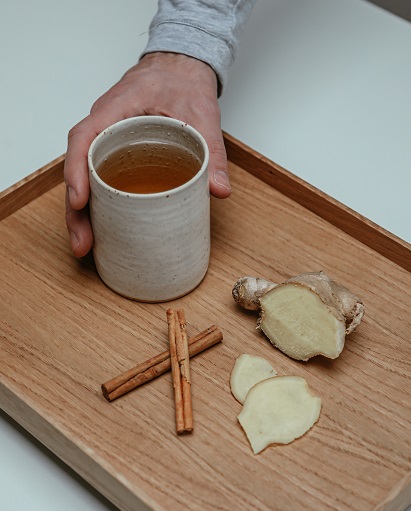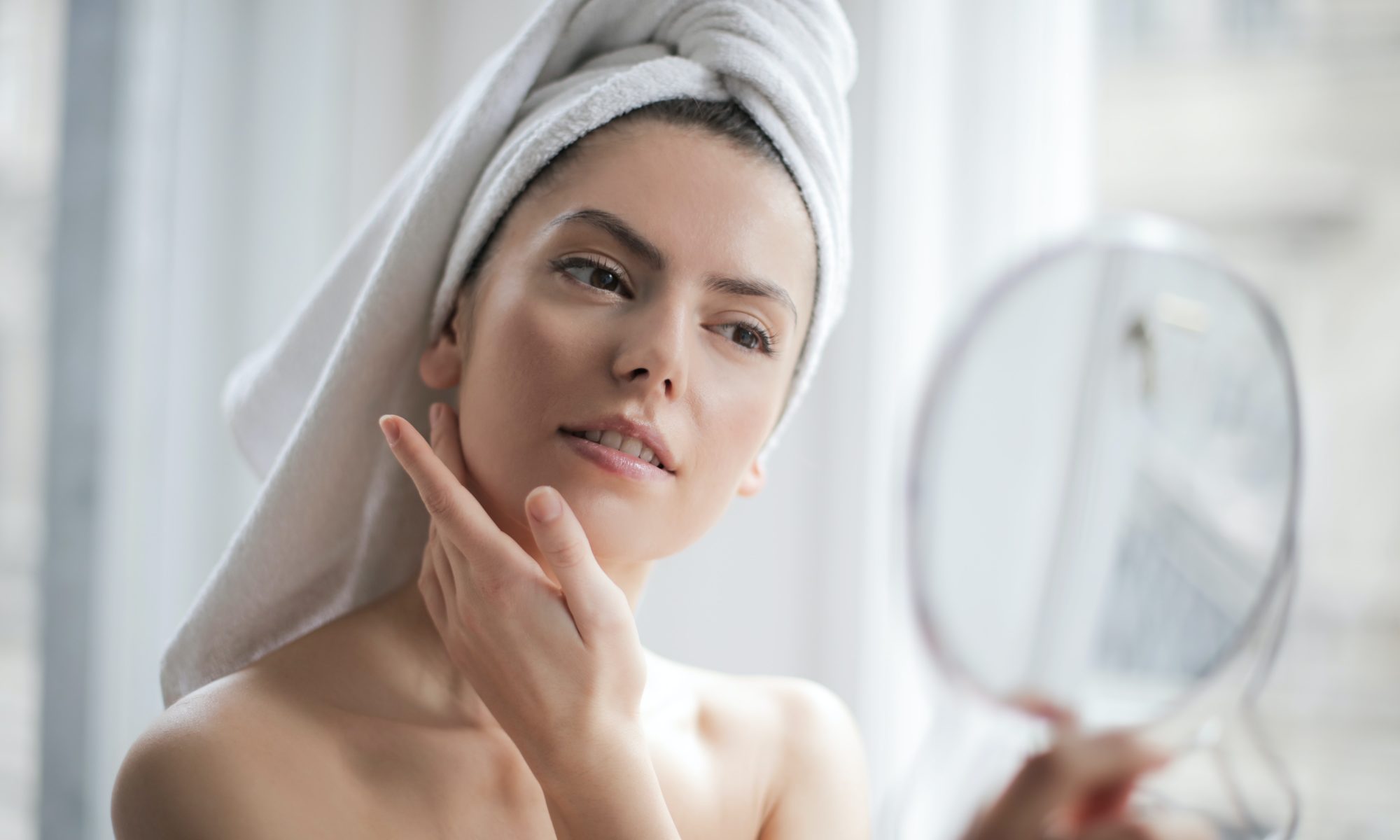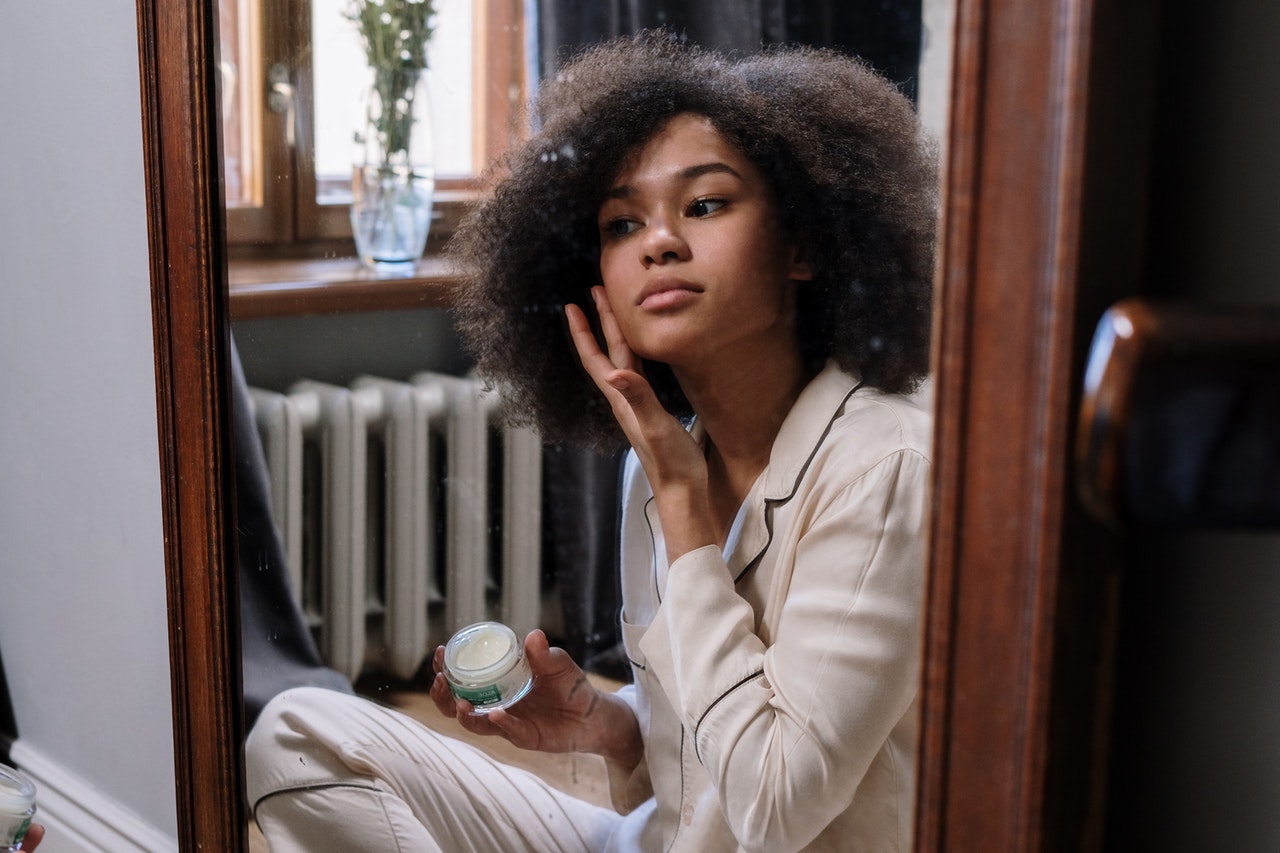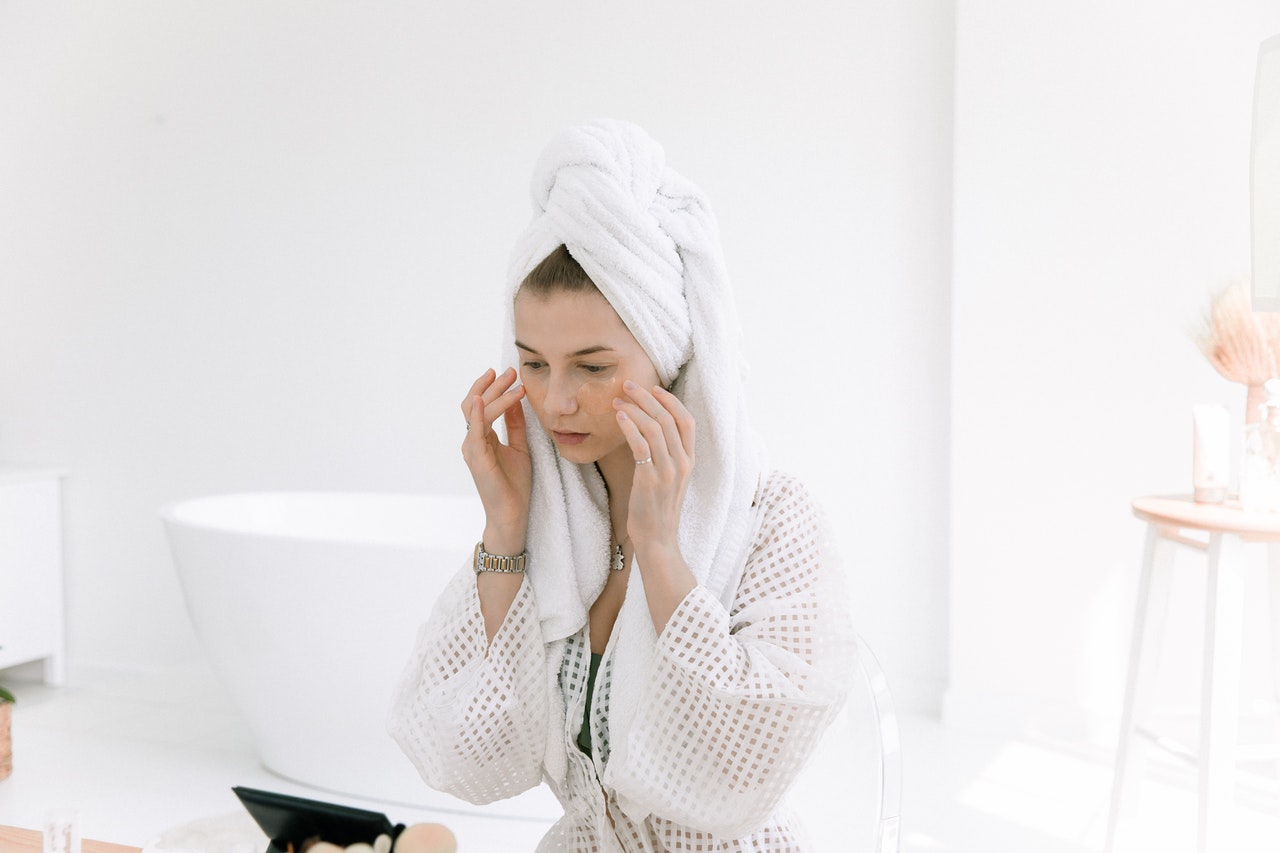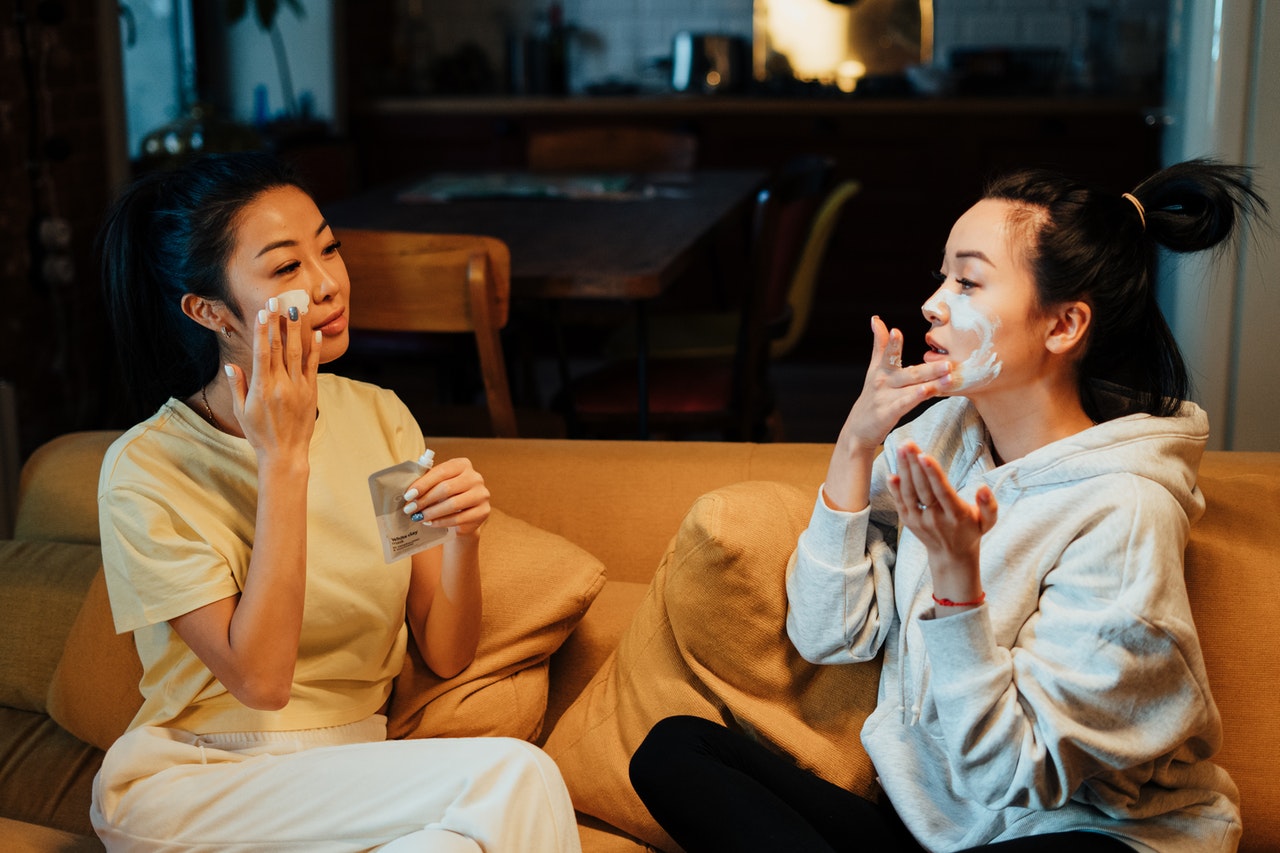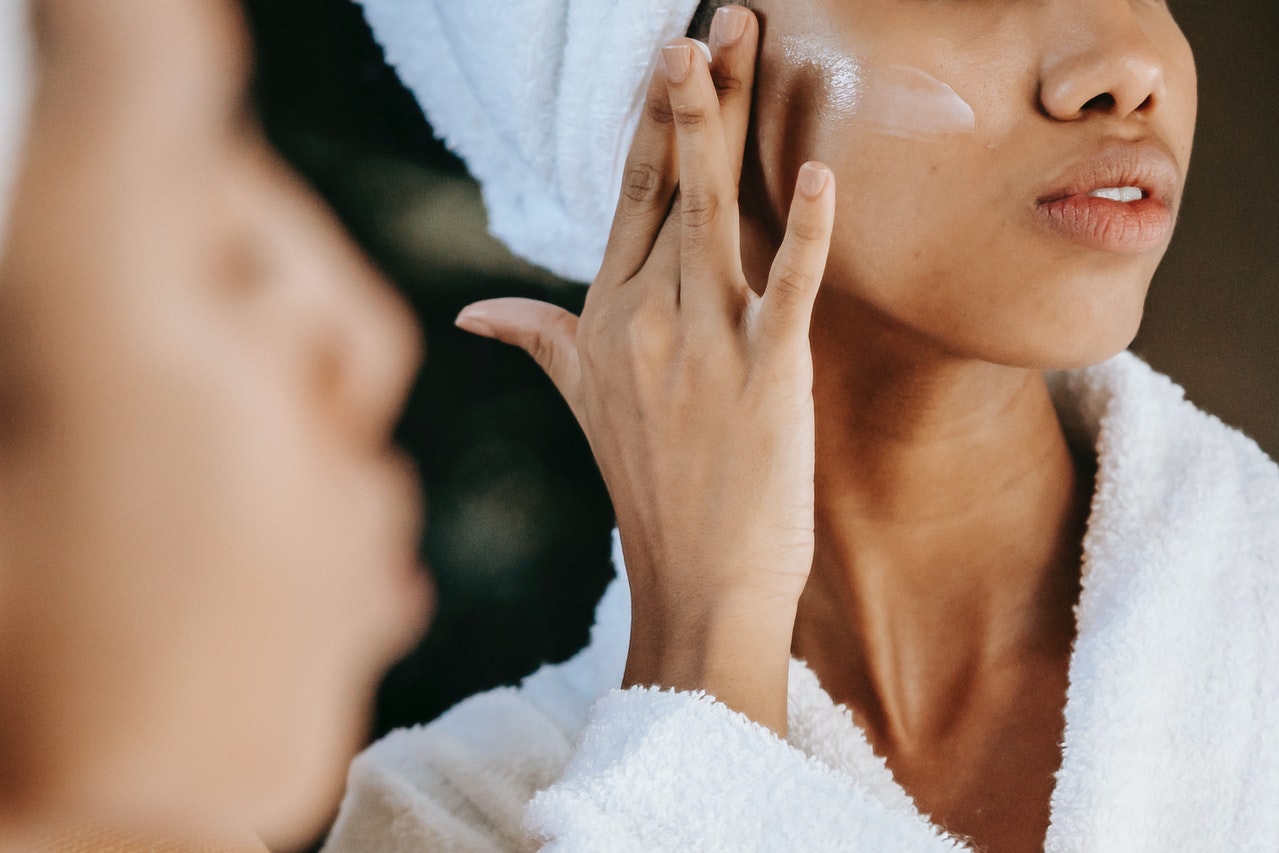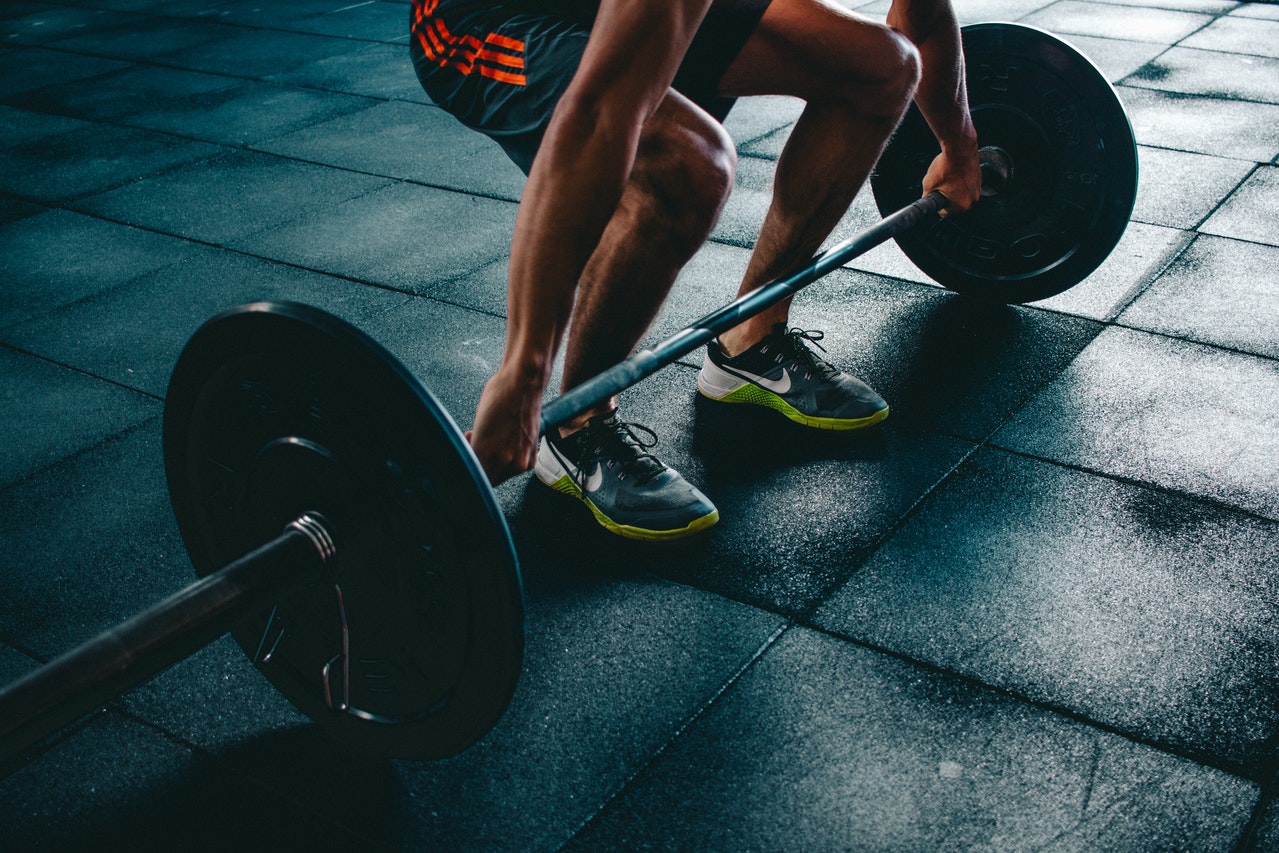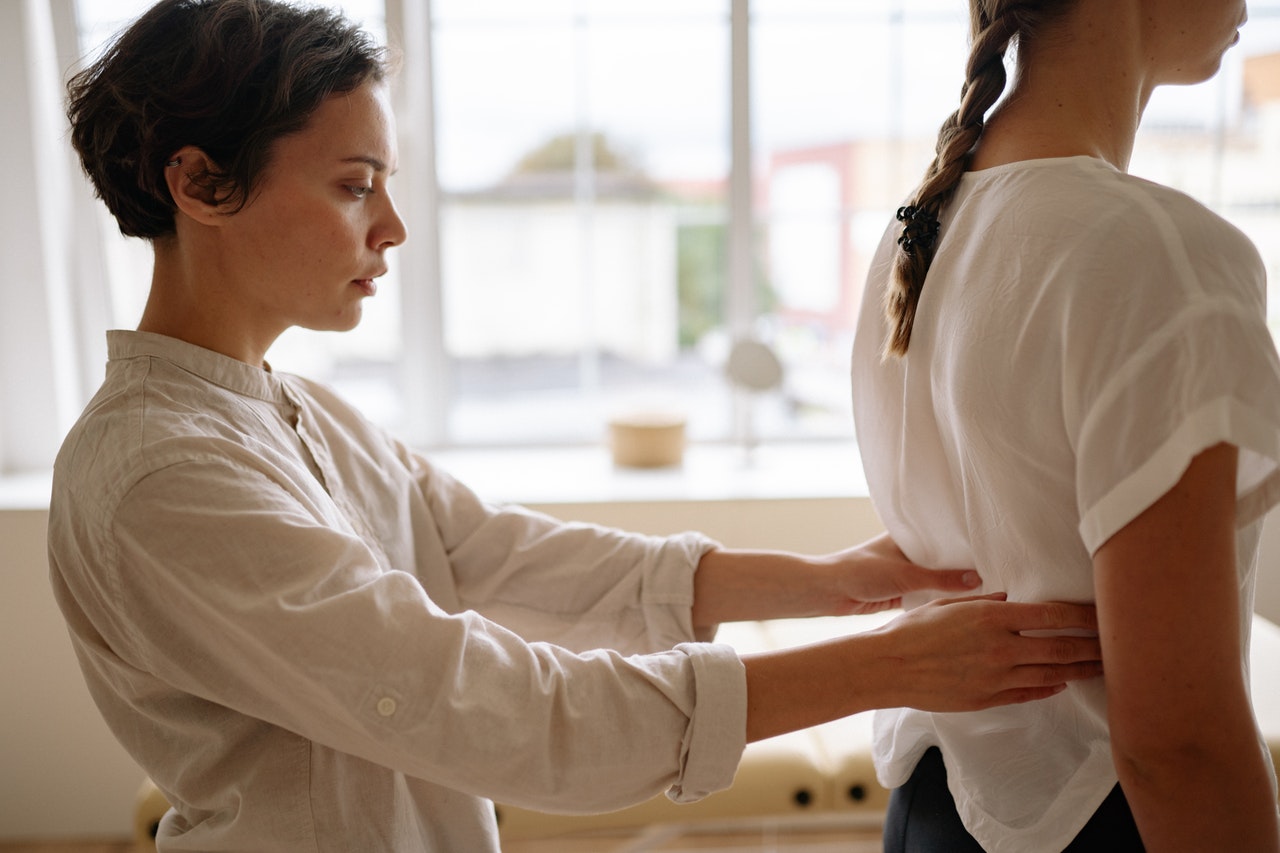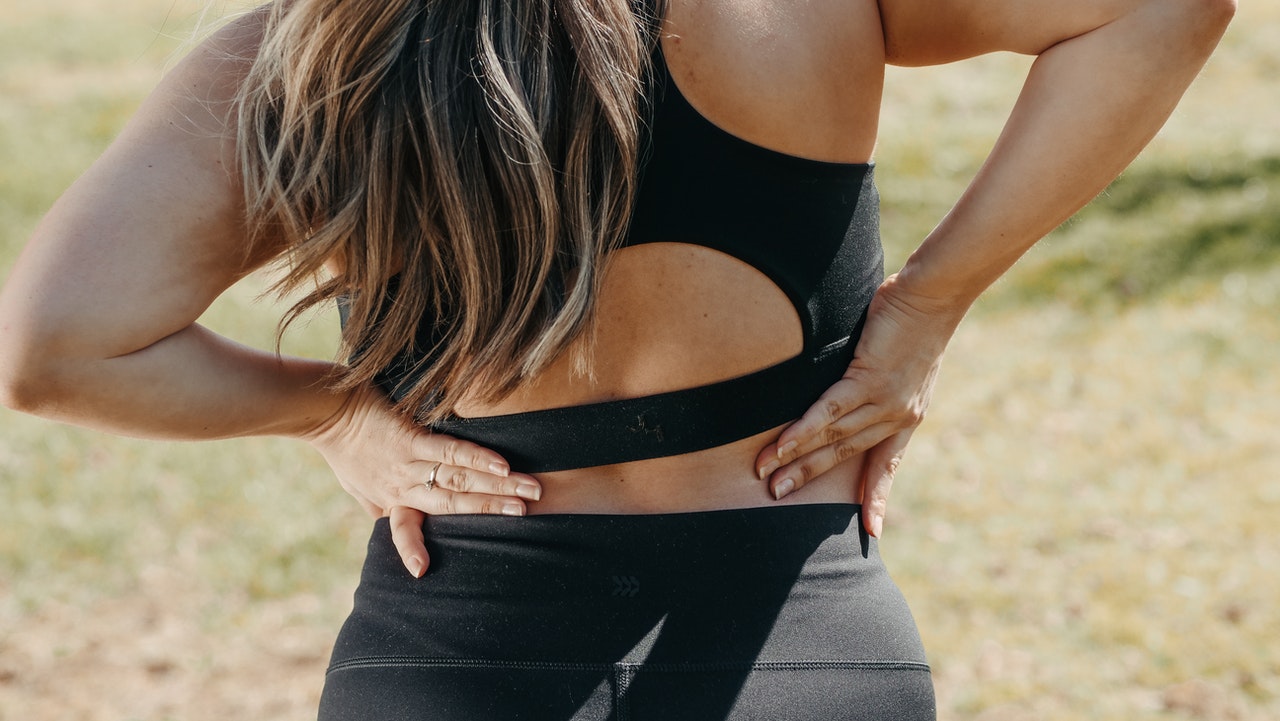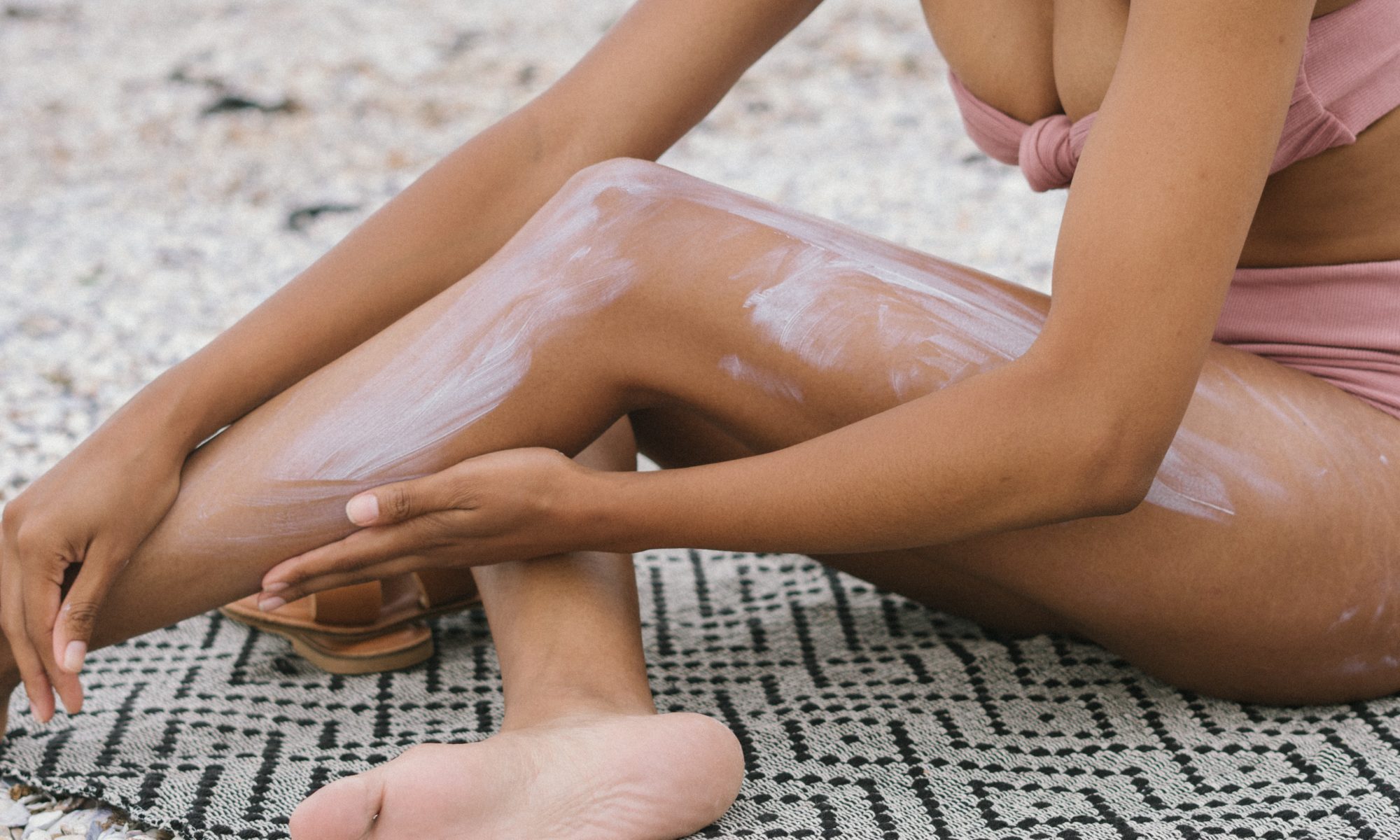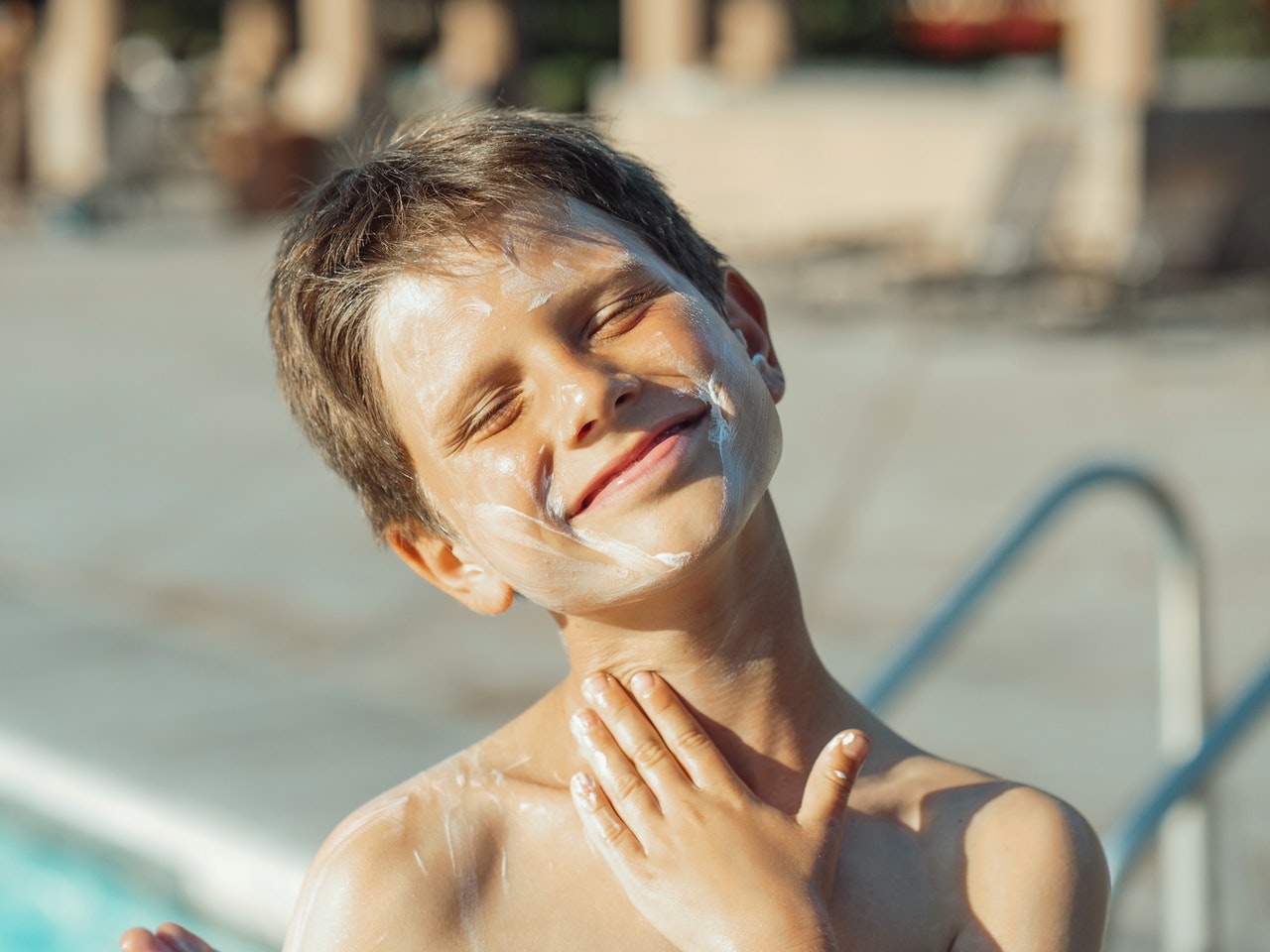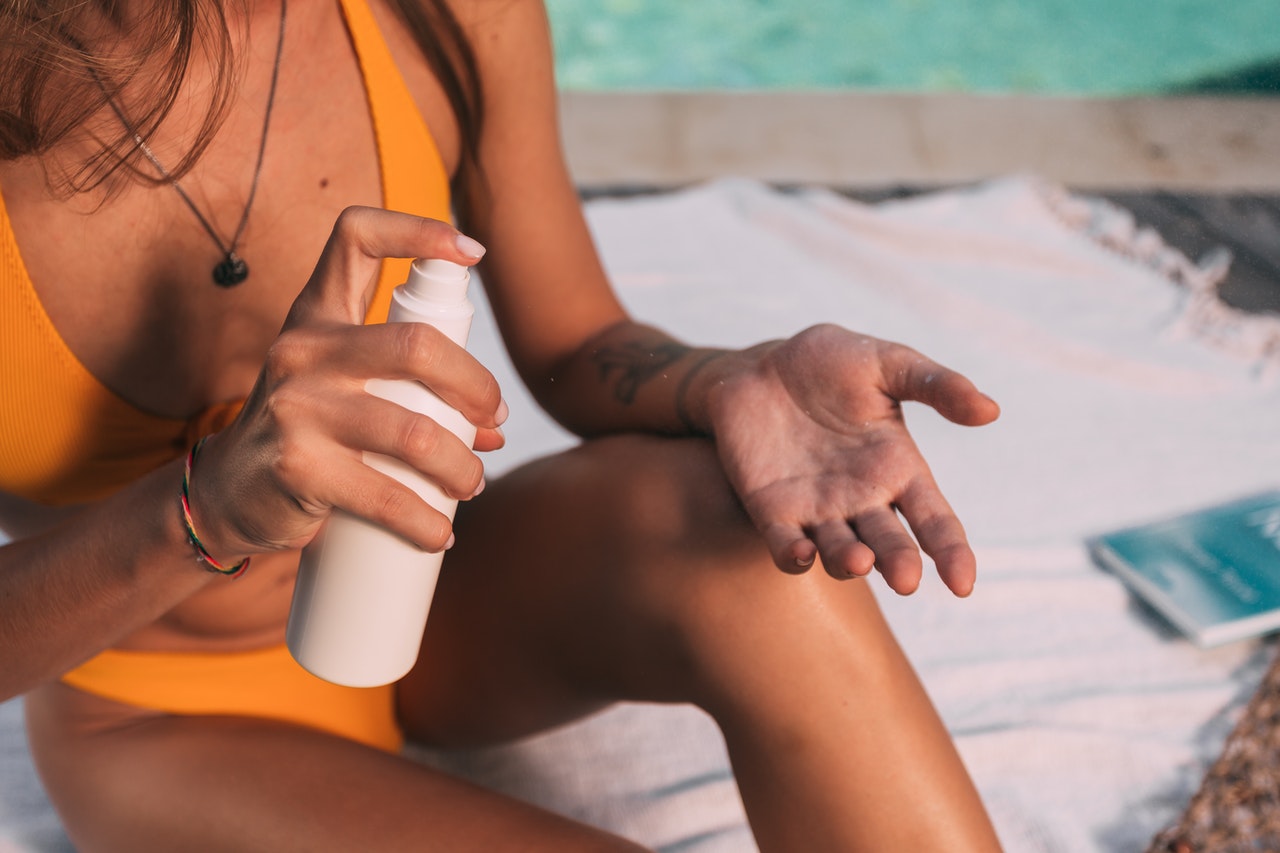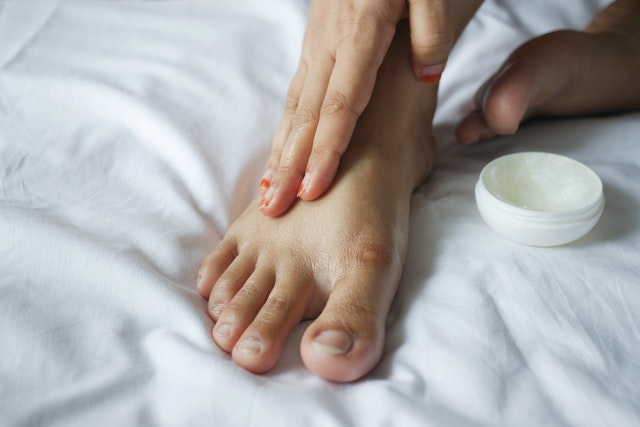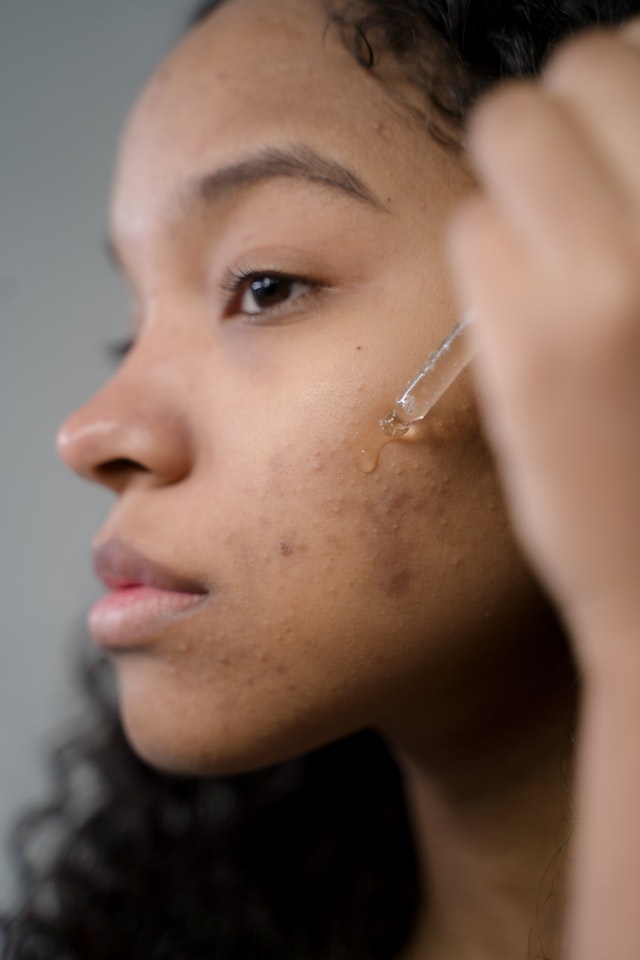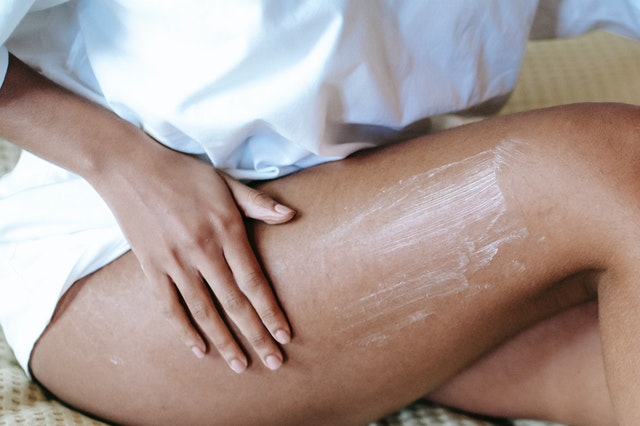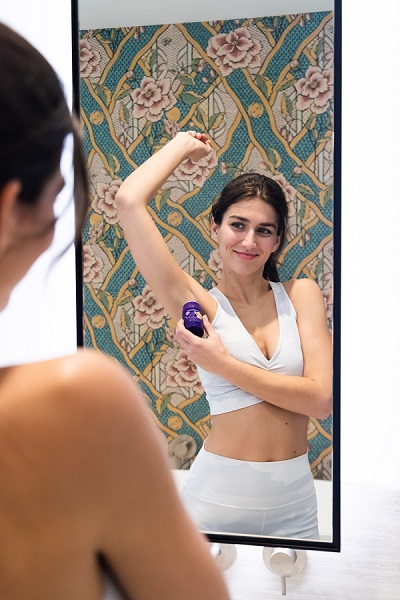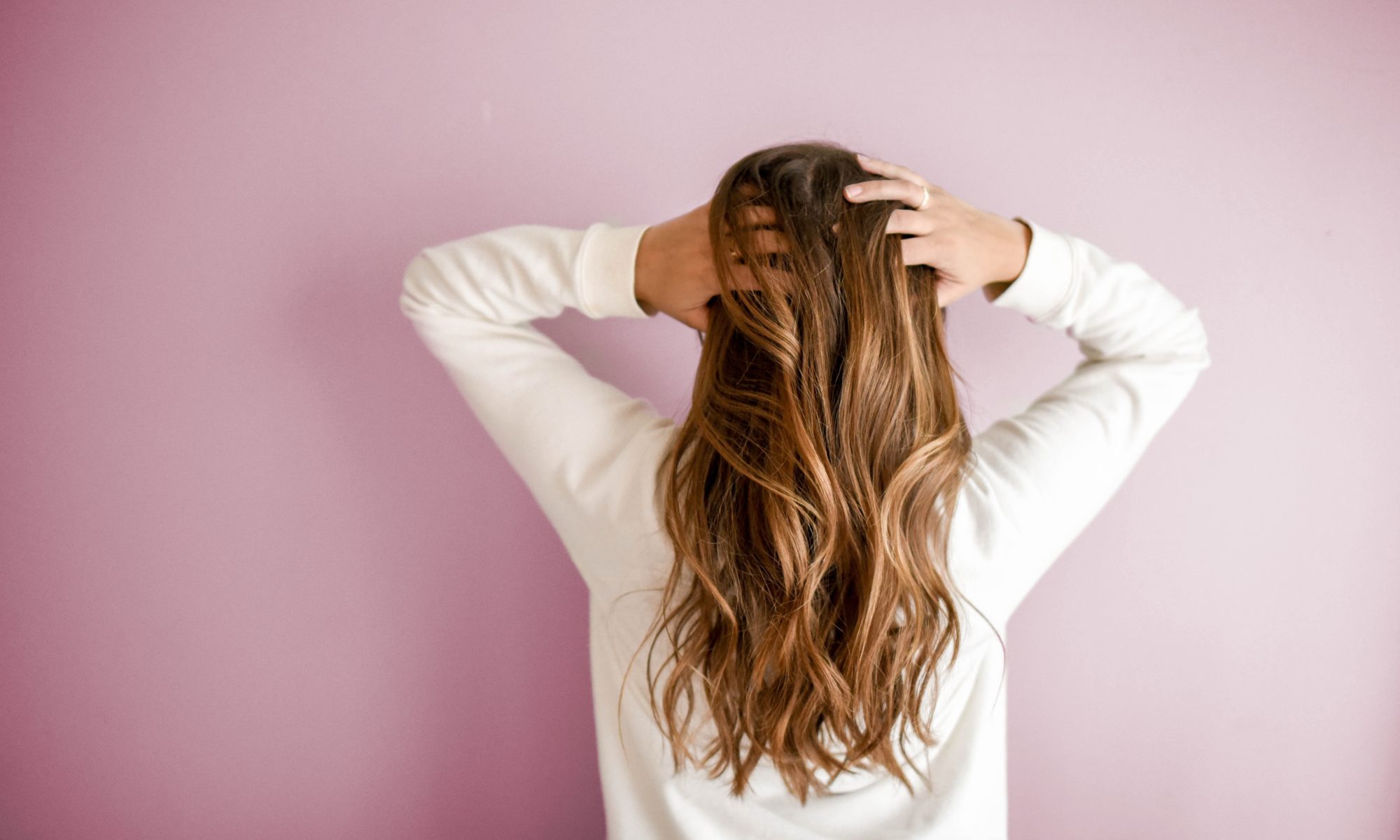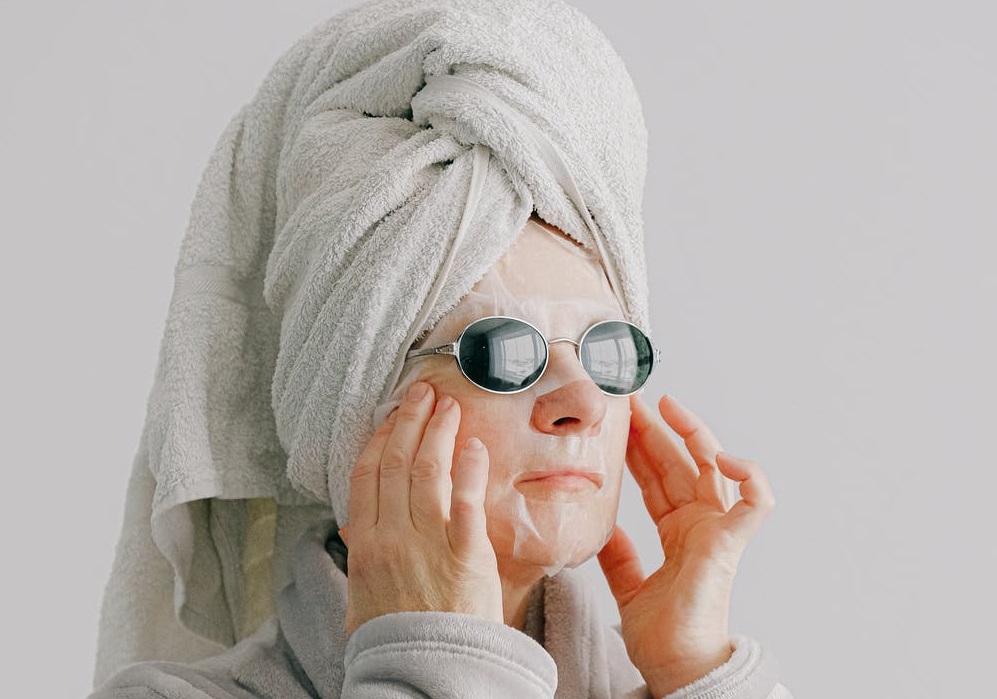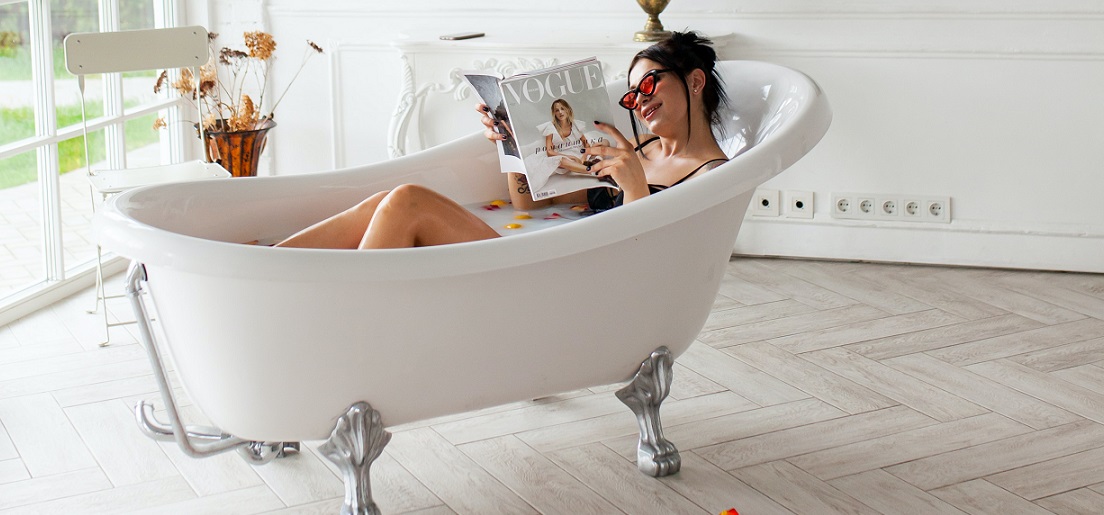I just recently learned that ginger is one of the best-kept secrets for your skin and immune system. It’s very effective at minimizing inflammation (which we all know is one of the most common causes of skin blemishes, joint pain, and premature aging). And the best part is that it won’t cost you a fortune as some top-of-the-line beauty products will.
It’s one thing to know that ginger is a great health and beauty ingredient, but it’s another thing to know how to use it. So I’ve put together this guide of five surprising ways you can start incorporating ginger into your health and beauty routines, starting today.
1. Anti-Inflammatory Skin Cream
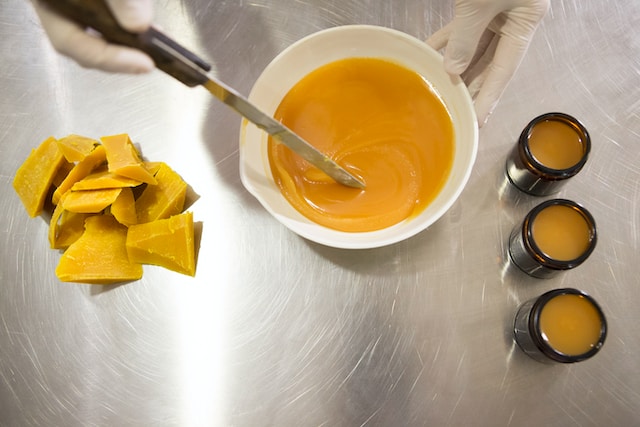
To get the skin-healing benefits ginger has to offer, try creating your own anti-inflammatory skin cream. To make it, peel two, 2-inch pieces of fresh ginger, then place them in a pot with 2 teaspoons of apricot kernel oil and 2 teaspoons of light sesame oil. Add ½ cup of cocoa butter and 2 teaspoons of vitamin E. Warm on low heat just until the cocoa butter softens and all the ingredients blend together.
Pour the mixture into a lid-sealed container, then put it in a cool, dry place where you can use it often! I recommend applying it after you wash your face. The ingredients are very moisturizing and soothing.
2. Ginger Massage Oil
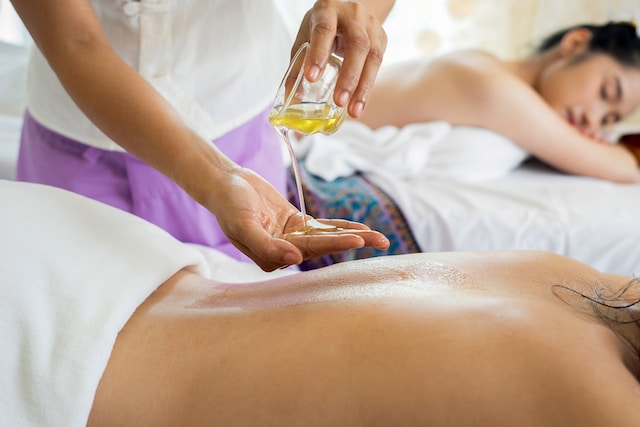
We all know how quickly excessive stress can cause us to look and feel much older than we really are. But a good massage has a way of melting all our troubles away as it restores our vitality and sense of well-being. To enjoy the relaxing benefits of massage as well as the anti-inflammatory benefits of ginger, recruit someone you love to massage your back, neck, or feet with diluted ginger oil. Your skin and mood will feel so much better!
3. Mint and Ginger Mouthwash
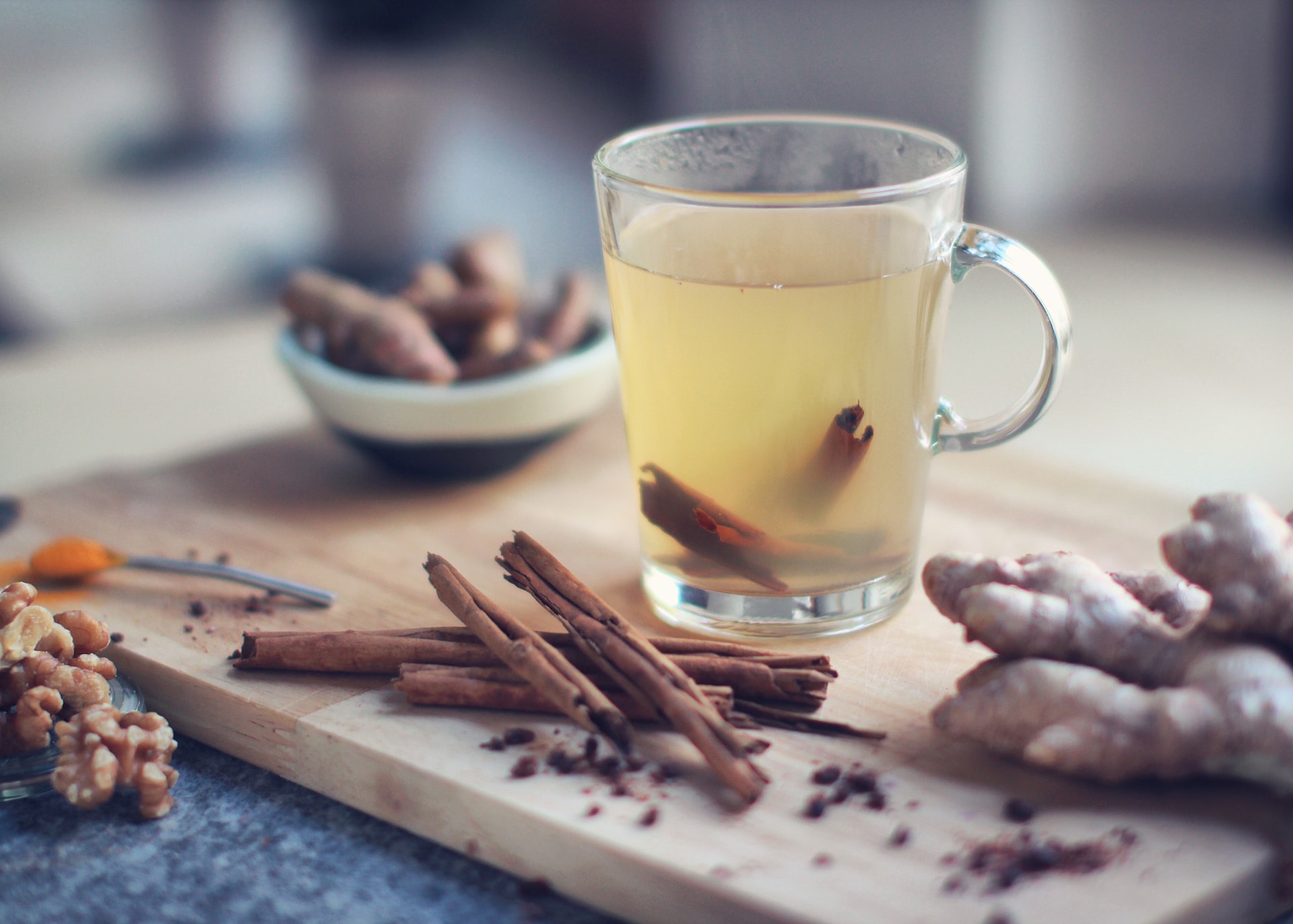
As we age, our bodies become more susceptible to gum disease and other oral issues. While regular mouthwash can help rid our oral cavities of unwanted bacteria, it can also leave our mouths feeling dry. That’s why I prefer making my own mint and ginger mouthwash. Both mint and ginger are known for their antibacterial properties, which make them a great duo for oral health.
Here’s how to make my surprisingly refreshing and effective mint and ginger mouthwash recipe. Start by pouring about 1 ½ cups of filtered water into a pot, then adding approximately 10 fresh peppermint leaves and one sliced 3-inch ginger root to the water. Bring the mixture to a light boil, then turn the heat down and simmer for about 20 minutes.
Add about 35 drops of peppermint essential oil to the mixture, then cover the pot and simmer for about 10 more minutes. Remove from heat and allow to cool to room temperature before transferring to a sealed jar. You can store this mixture at room temperature for about a month, or put it in the refrigerator to extend its shelf life.
4. Natural Pain-Reliever
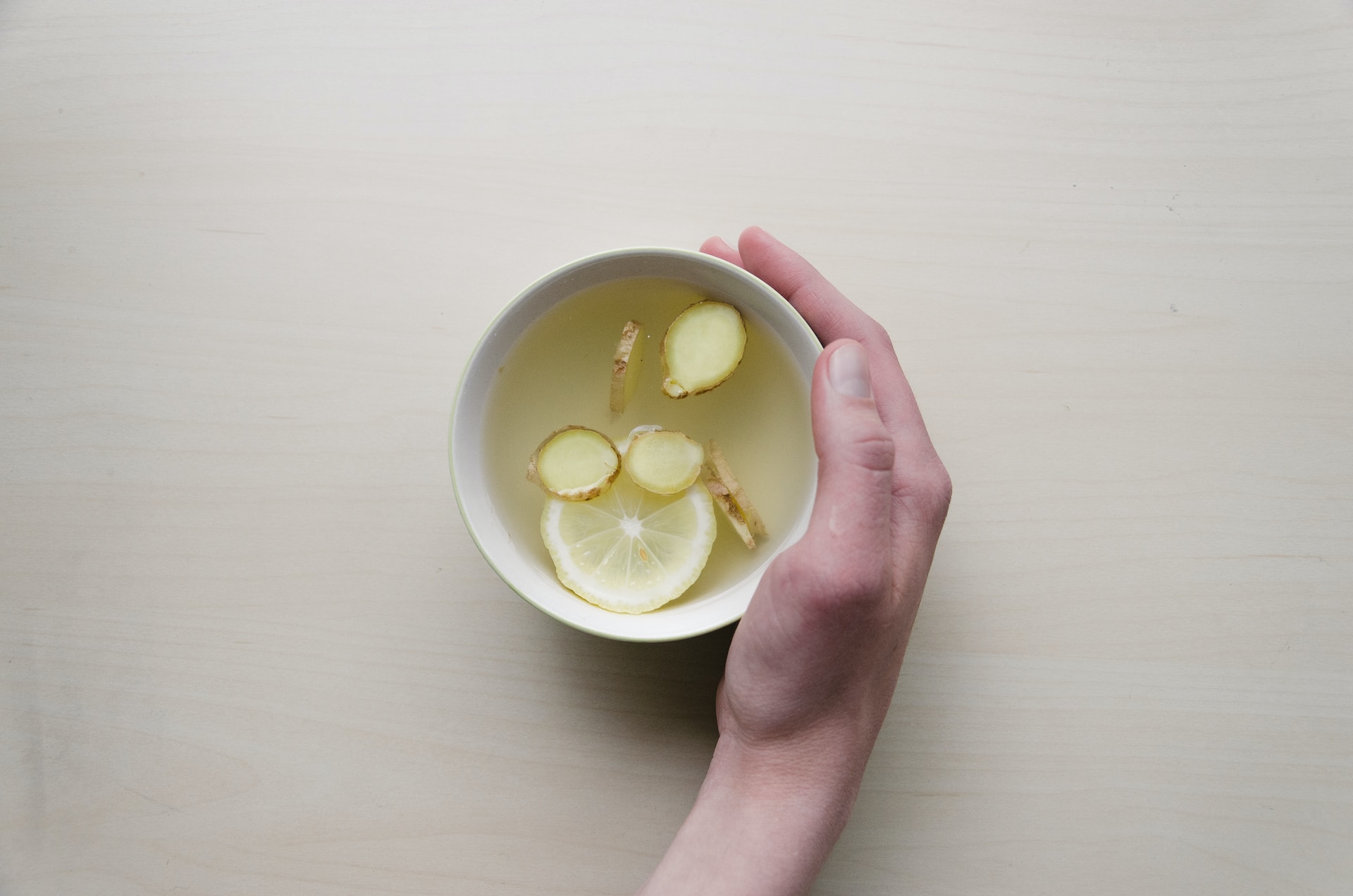
Would it surprise you to hear that ginger is a natural pain-reliever? Some research shows that it’s very effective at relieving migraines. So the next time you feel a headache coming on, sip ginger tea or try munching on some candied ginger.
5. Ginger Detox Bath
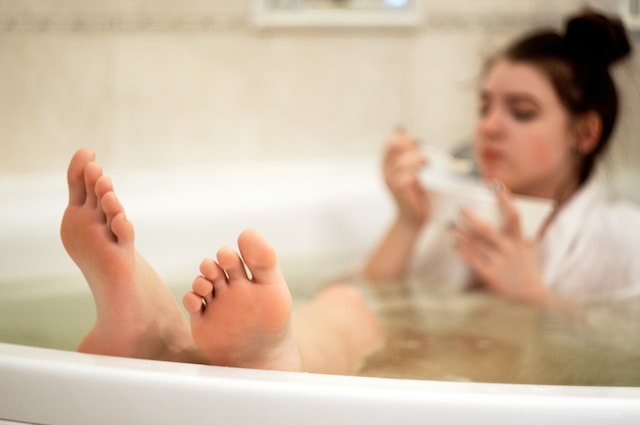
Ginger is known to help the body fight off bacterial infections. So if you feel like your immune system is fighting something off, grate about ½ cup of fresh ginger and sprinkle it in your hot bathwater. Soak for at least 15 minutes to get the full effects of this detox remedy.
So, what do you think about these unusual uses for ginger? I’d love for you to give them a try and see if they work for you!

